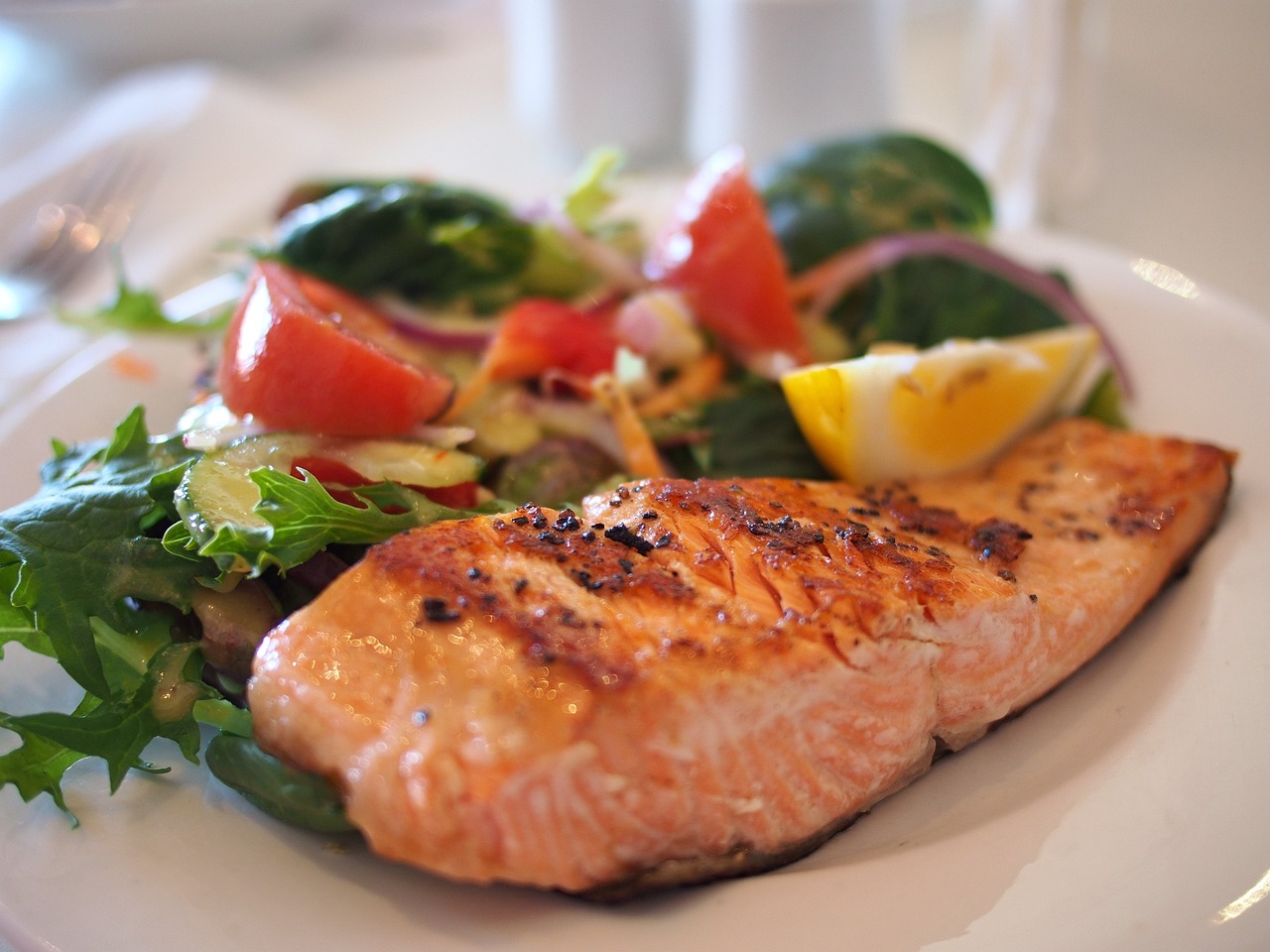The foundational design pattern in “A Programmer’s Design Patterns For Weight Loss” is clean eating. Eating healthy is one of the most important aspects of weight loss and is the cornerstone of this approach.
It focuses on eating healthier foods that are in their most natural form. This approach to eating is becoming increasingly popular as people look to eat healthier and improve their health and wellness. Focusing on whole foods and avoiding refined and processed food can help reduce inflammation, improve nutrient intake, and support your weight loss goals.
In this blog post, we’ll explore its key features, benefits, and how to get started. We’ll also cover some challenges and provide tips and strategies for overcoming them. If you’re looking for a sustainable way to improve your health and wellness, read on to discover the benefits of clean eating.
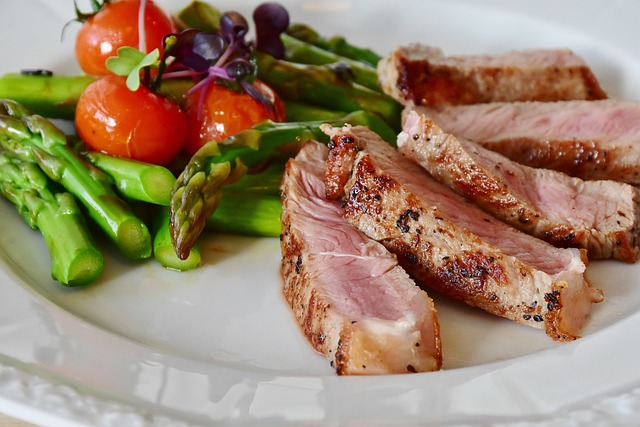
What is Clean Eating?
It is a dietary pattern that emphasizes consuming whole, unprocessed foods as close to their natural state as possible. The idea is to eliminate unhealthy foods from the diet and focus on minimally processed foods free from added sugars, unhealthy fats, and preservatives.
This approach to eating is the foundation of weight loss and helps to eliminate sugars, unhealthy fats, and preservatives that can sabotage your weight loss goals. It includes many whole foods, such as meats, fish, vegetables, nuts, and low-sugar fruits like berries. It also involves checking ingredient labels to avoid added colors, preservatives, emulsifiers, fillers, and sweeteners. In addition, healthy oils high in omega-3 fatty acids, like olive, coconut, and avocado, are emphasized over seed oils.
Eating clean doesn’t have to be about perfection. It’s about making small, sustainable changes to your diet that can significantly impact your health and wellness. Eating an unprocessed, whole-food diet can help lower inflammation, optimize nutrient intake, and support weight management objectives.
What are the Key Features of Clean Eating?
Avoid Processed Foods
Focus on consuming whole, unprocessed foods, so choose foods as close to their natural state as possible. They are more nutrient-dense and give the body the necessary vitamins, minerals, and other essential nutrients to function correctly.
Organic Foods & Regenerative Agriculture
When selecting your food, choose sustainable sources like organic produce, grass-fed meat and finished beef, pasture-raised eggs, and wild-caught salmon. Not only are these options more humane, but they are also healthier choices. By choosing food from sustainable sources, you also support regenerative agriculture and fishing practices prioritizing the environment’s and animals’ health.
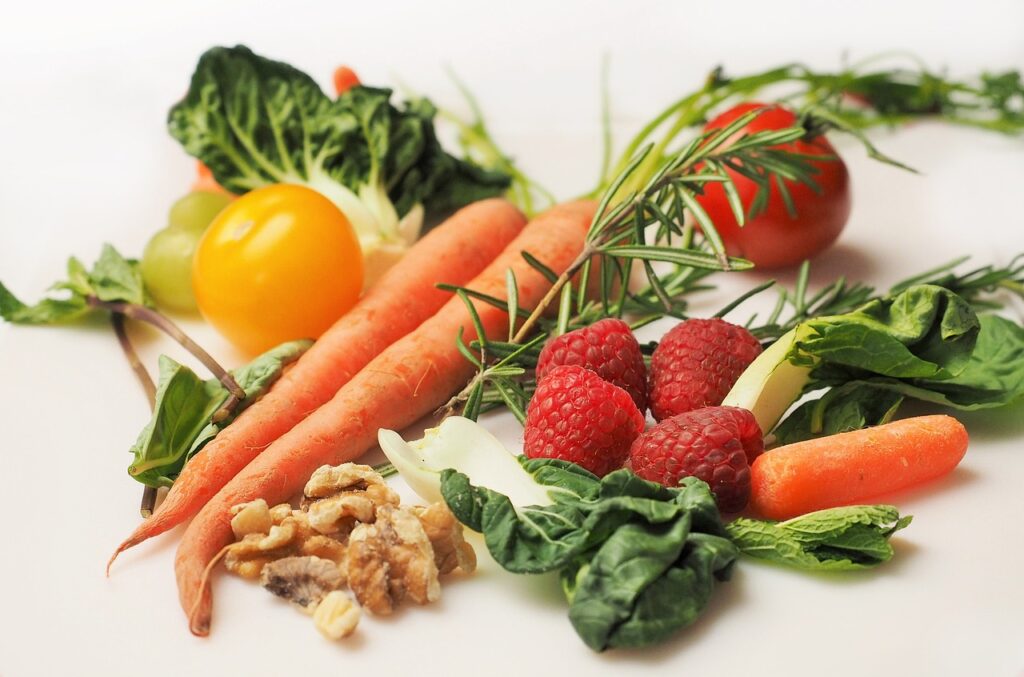
Ingredient Awareness
Checking ingredient labels is crucial as it helps avoid added colors, preservatives, emulsifiers, fillers, and sweeteners that can harm health. Ingredient awareness means taking the time to read labels and understand what is in your food. Doing this lets, you make informed choices about your food and ensure it is as clean and unprocessed as possible.
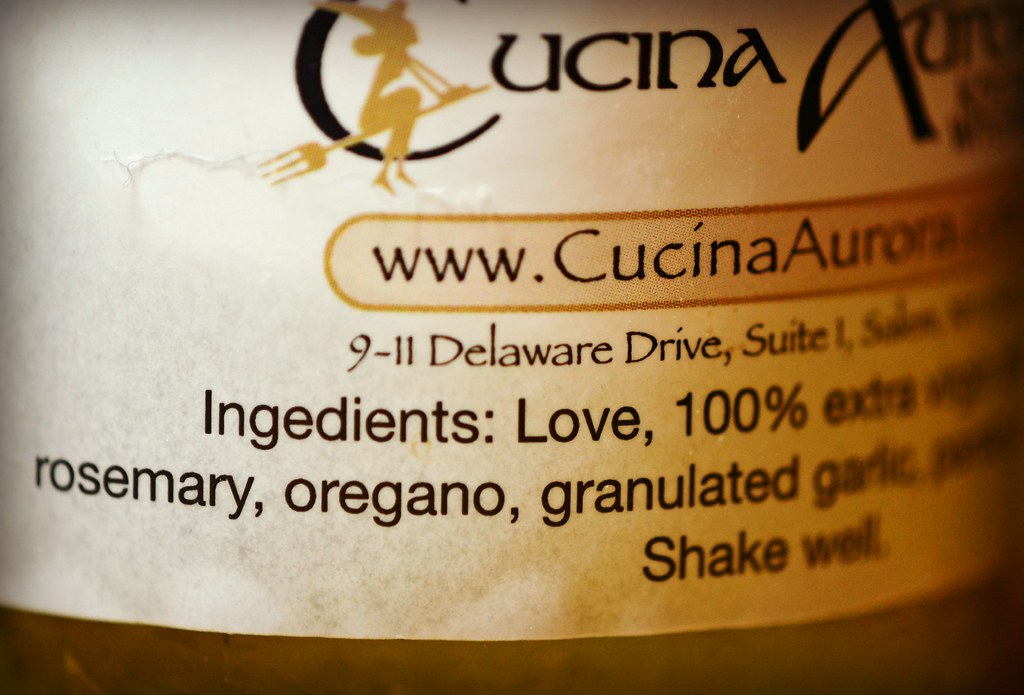
Healthy Fats
Avoiding seed oils such as canola, soybean, and corn oil and using healthy oils high in omega-3 fatty acids, like olive, coconut, and avocado, can provide the body with the healthy fats it needs to function correctly. Healthy oils can help reduce inflammation, improve brain function, and support overall health.
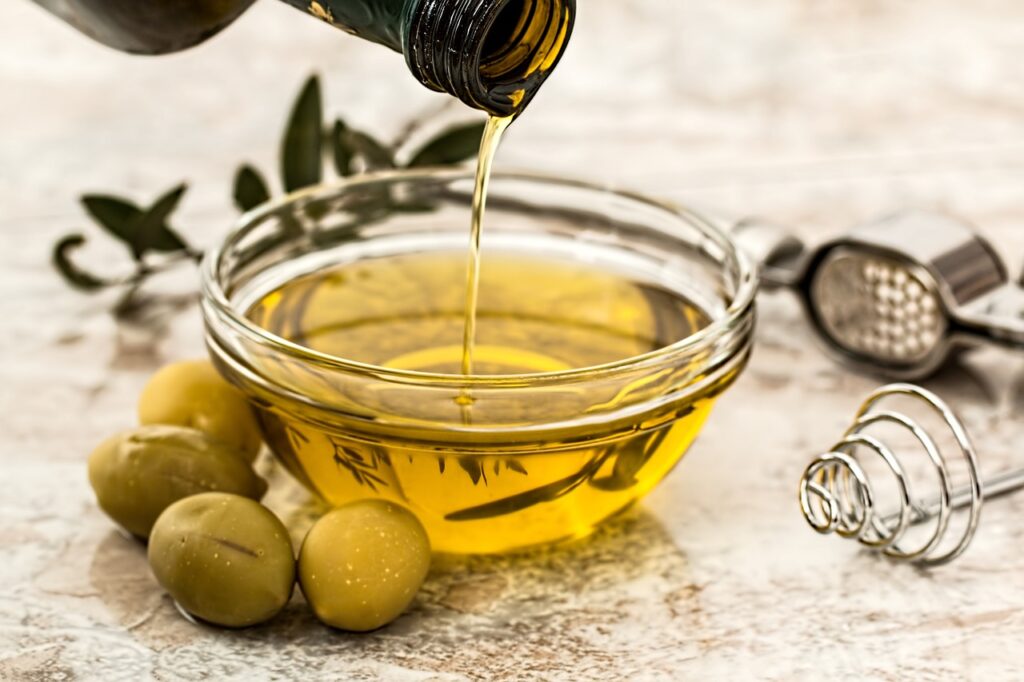
Limited Sweeteners
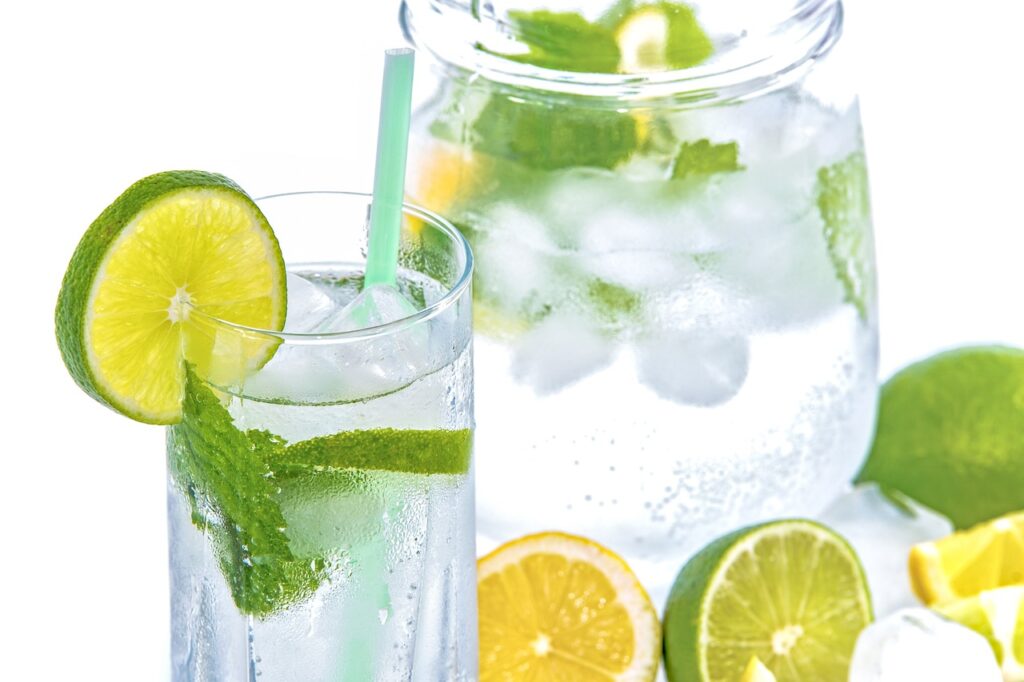
Sweeteners can harm health and sabotage weight reduction goals. Limiting sweeteners means avoiding sugary drinks and desserts and being mindful of the amount of sugar in other foods. Doing this can reduce your overall sugar intake and improve your health.
Limited Alcohol Consumption

Alcohol can be high in calories and may sabotage weight reduction goals. Limiting alcohol consumption means being mindful of your drinking amount and avoiding sugary, calorie-dense mixed drinks. By limiting alcohol consumption, you can reduce your overall calorie intake and improve your health.
Consistency
Aim to eat clean at least 80% of the time to make healthier food choices. While adjusting to this way of eating may take some time, regularly eating clean can help you form a habit and improve your overall health and well-being over time.

What are the Health Benefits of Eating Clean?
Improved health and wellness by focusing on whole, unprocessed foods and avoiding processed and refined foods. This healthy eating style can help reduce inflammation, improve nutrient intake, and support Healthier body weight. Here are some of the benefits:
Improved Nutrient Intake
Whole foods provide the body with the vitamins, minerals, and other essential nutrients it needs to function correctly and ensures your body gets the nutrients it needs to thrive.
Reduced Caloric Intake
Processed and refined foods are often high in calories, while whole foods are more nutrient-dense and typically lower in calories and can reduce calorie intake and support fat loss goals.
Better Digestion and Absorption of Nutrients
Processed and refined foods are often high in calories. In contrast, whole foods are more nutrient-dense and typically lower in calories and can reduce calorie intake and support weight reduction goals.
Increased Energy Levels
Whole foods provide the body with sustained energy throughout the day and avoid energy dips and providing you with more energy. In contrast, processed and refined foods can cause energy crashes.
Reduced Inflammation
Processed and refined foods can contribute to inflammation in the body, leading to chronic diseases. Focusing on whole, unprocessed foods can reduce inflammation and support overall health.
Better Hormonal Balance
Whole foods provide the nutrients to support healthy hormonal balance. Avoiding processed and refined foods can help healthy hormonal balance and improve overall health.
Reduced Risk of Heart Disease
Eating processed foods can result in an increased risk of heart disease due to their high levels of refined carbohydrates, harmful fats, and added sugars. In contrast, eating clean and consuming whole, nutrient-dense foods can improve overall health by reducing inflammation, cholesterol levels, and risk of heart disease.
Overall, clean eating has many benefits that can help promote our health and well-being. Avoiding processed and pre-packaged foods is an integral part of this diet. Eating clean can improve overall health, better digestive function, increased energy levels, and a healthier body weight.
How to Start Eating Clean?
Switching to a new style of eating can take time and effort. Start by making small changes, like swapping sugary drinks for water or unsweetened tea.
Be sure to read ingredient labels to avoid processed foods. Focus on incorporating whole, unprocessed foods, such as low-sugar fruits, vegetables, unprocessed meats, nuts, and seeds. Plan when grocery shopping or meal prepping to save time. Most importantly, be patient – transitioning to this eating style is a process and you should focus on making progress rather than being perfect.
Frequently Asked Questions
Challenges of Clean Eating
Clean eating can present some challenges, particularly in the beginning. Here are some of the most common challenges and how to overcome them:
- Time: Preparing healthy meals from scratch can take longer than grabbing a processed snack. To save time, try meal prepping or making more significant portions to have leftovers for the next day.
- Cravings: When you’re used to eating processed and refined foods, it’s common to experience cravings. Instead, try incorporating healthier alternatives like fruit, nuts, and seeds instead of giving in.
- Social situations: Eating out or attending social events can make sticking to a healthier plan challenging. To overcome this challenge, look for healthier options on the menu, bring your snacks, or offer a healthy dish to share.
- Cost: Purchasing whole, unprocessed foods can sometimes be more expensive than processed foods. To overcome this challenge, look for sales and discounts on healthy items, buy in bulk, and plan your meals.
- Temptation: Processed foods and sugary snacks are often within arm’s reach and can be tempting to grab. To overcome this challenge, keep healthy snacks on hand and avoid bringing processed snacks into your home.
By being mindful of these challenges and finding ways to overcome them, you can more easily stick to a healthy eating plan and achieve your health and wellness goals.
Clean Eating Snacks
Finding healthy snacks that fit within a healthy eating lifestyle can be challenging, but it’s not impossible. Focus on whole, unprocessed foods like fruits and vegetables for a quick and easy snack. A spoonful of natural peanut butter can also be an excellent option for a protein boost. Avoiding processed foods and added sugar is vital when looking for clean eating snacks.
For more ideas, check out our other blog posts, which include delicious low-carb homemade energy bars with coconut and dark chocolate, and 4 healthy snacks under 200 calories for guilt-free snacking. Incorporating these clean eating snack options into your routine can help you stay on track with your health and fitness goals.
Conclusion
Taking on a healthy lifestyle can help you achieve better health and wellness. Focusing on whole, unprocessed foods and limiting processed and refined foods can improve nutrient intake, reduce inflammation, and support weight loss. While switching to a clean eating diet may be challenging, it is a worthwhile investment in your health. Remember to start small, focus on progress, and seek support from others when needed. With consistency and patience, you can make clean eating a sustainable and enjoyable part of your lifestyle.
You may also consider checking out “A Programmer’s Design Patterns for Weight Loss,” this is my book that provides practical tips and strategies for achieving your weight loss goals. Remember that every person’s journey is unique, and with the right mindset and support, anyone can achieve their fitness goals.

